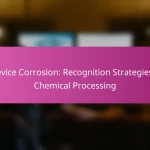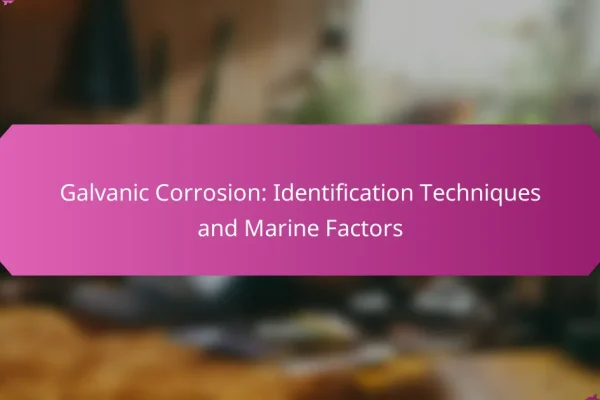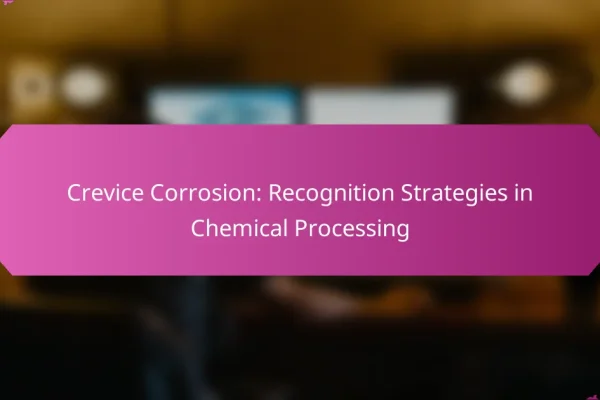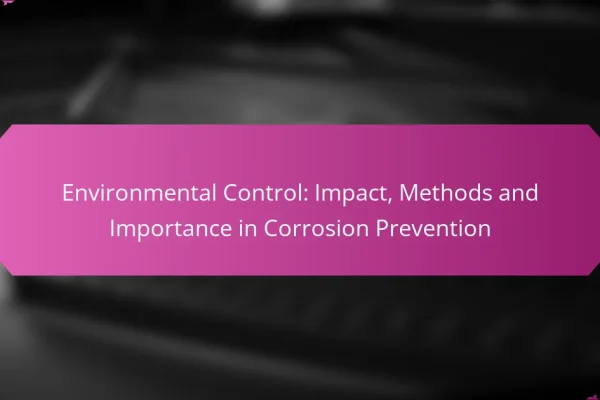
Real-Time Corrosion Monitoring Systems: Features, Benefits and Implementation
Real-time corrosion monitoring systems are essential tools for continuously evaluating the integrity of materials and structures in corrosive environments. By offering features such as continuous data collection, remote monitoring, and real-time alerts, these systems significantly enhance asset management, reduce costs, and improve safety. Implementing such a system requires careful planning, including risk assessment and sensor…














